The ’69 Camaro through the years has proved itself to be the most popular of all the model years it was built. And when you think about it, the high sales came quite by accident.
The ’70 Camaro, a new design, just wasn’t ready on time, so the ’69 continued to be produced til the end of the year. Little did anybody at the time realize what a classic it would become many decades in the future. What was created was a classic that today draws huge money in national auctions.
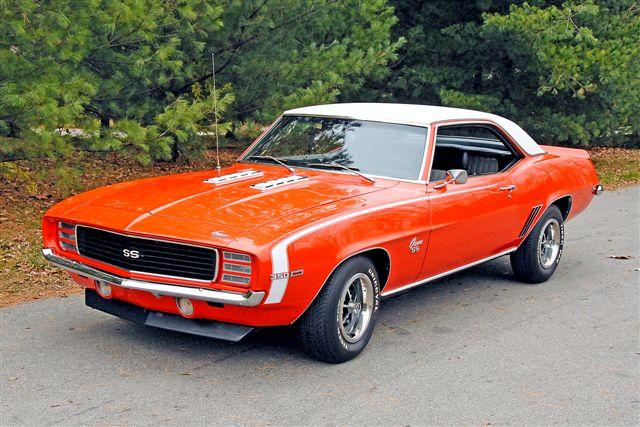
A number of reasons exist for that popularity, possibly the most important being the number of mutations it birthed. From an exposure point-of-view, it was the Indy Pace Car that year. Then, there were the so-called COPO models which were equipped with the 427 powerplant. Coming from a race heritage, there was the Z-28 model which qualified Camaro for the Trans Am racing series.
Also, there were two appearance packages that created huge interest during the time period. The Super Sport option provided the likes of front power disc brakes, simulated chrome hood air intakes, special suspension, extra hood insulation, sport striping, F70x14 white-letter tires, five-spoke wheels, and numerous SS emblems. That model year, 34,932 models were built with the Super Sport option.
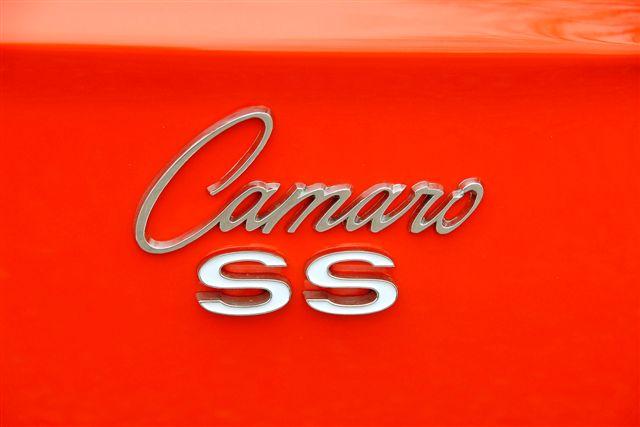
The RS Rally Sport package provided a full-length black grille, hidden headlights, lower parking lights, back-up lights, special body striping, and rocker/wheelhouse mouldings. Slightly more ’69 Camaros, 37,773 to be exact, had the RS option.
But then, things get interesting as a number of the cars acquired both options. Unfortunately, here is no record of how many of those particular two-option models were built. Some Camaro experts have indicated that it could have been as many as 10,000-15,000. But be assured, these models are certainly coveted by musclecar collectors.
Another highlight for the Camaro of 1969 was the family of engines available, the most notable of course being the family trio of 396 engines with 325, 350, and 375 horse ratings.
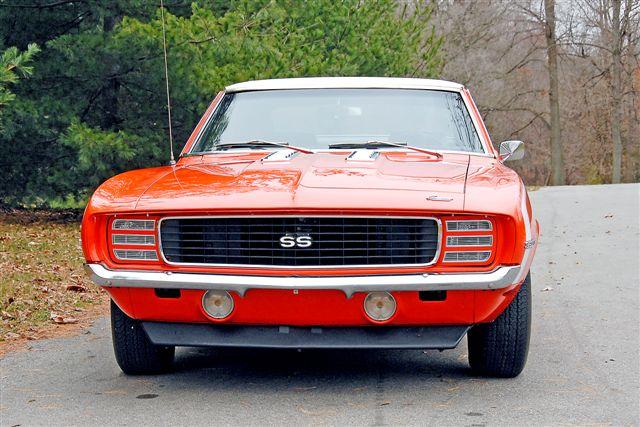
But the standard engine certainly wasn’t something to scoff at, being the 300hp Turbo-Fire 350 which was also capable of providing an impressive 380 pound-feet of torque. Guess it could be called a muscle sleeper of an engine, producing only 25 less horses than the lowest member of the 396 engine family, yet displacing a significantly-fewer 46 cubic inches.
The engine featured a dual-plane, cast-iron intake mated to a Quadrajet carburetor. The intake air was also superbly handled by large cast iron heads with 1.94 inch intake valves and 1.50 exhausts.
John Miller of Richmond, Indiana, has such a Camaro, ie a ’69 SS/RS coupe with that 350/300hp powerplant. And you better believe that he’s real proud of the Hugger Orange machine with both white body striping and a white hardtop!

“It’s one that Chevy fans have forgotten about because it doesn’t have one of the 396 powerplants,” the Hoosier State owner explained.–But the point must be made that this partticular 350 engine makes more than the factory figure, and it’s done with a factory available option. “The car carries an optional chambered exhaust system which provides for a more free-flowing exhaust and a slight increase in horsepower, probably pushing it very close to the 325-horse 396 engine.”
Both of the SS and RS options extras are evidant on the model, but what isn’t there is that first RS emblem. But one look at the front of the car, and those RS eye-lid headlights quickly identify the RS presence.
Miller explained that he acquired the flashy Camaro over four years ago in pretty good condition. “A restoration was well on its way to completion when I got it,” he said. “I ended up finishing it, doing the detailing of the engine compartment and restoring the interior. All the sheet metal is original with the exception of the rear quarters.
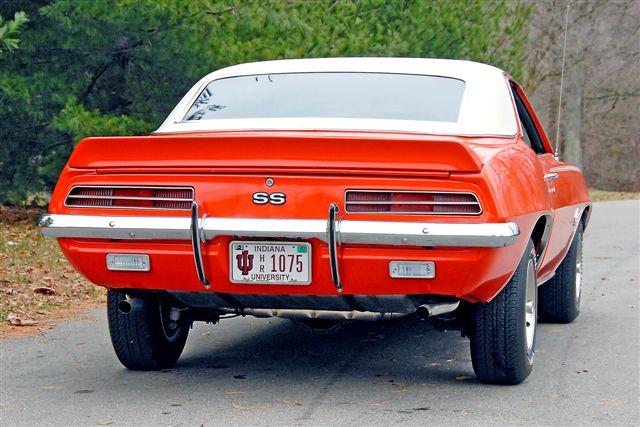
“From the paperwork I have on the car, I think that it’s spent its whole life in Indiana. I’ve got an advertisement selling the car in the 1970s and it gave an Indiana address. The car was sold to the guy I bought it from, making me the third owner.
This SS/RS machine has just about every available option with bumper guards, the Rally gauge package located on the front of the console along with the tach and clock.It’s also got the black and white Hound’s Tooth cloth covering on the seats, along with wood detailing on the console, dash, and doors.
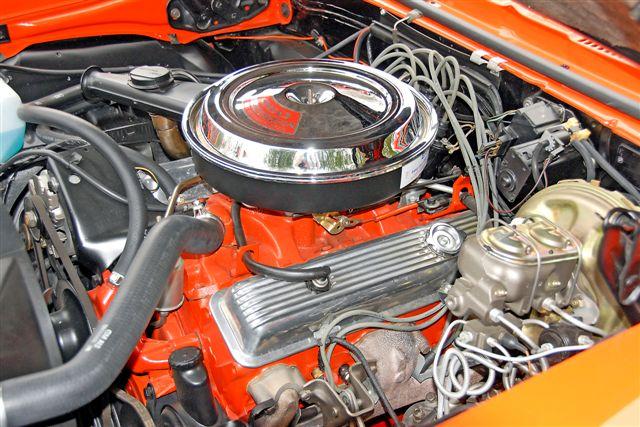
The powertrain sports the 350 Turbo automatic and a 3.08-geared rear end. Miller indicates that it’s probably capable of low 15-second performance in the quarter mile. But he has no plans to verify it on the track.Miller says the aspect of the car which really attracts attention is that bright Hugger Orange. “But even with its popularity, I’ve never seen another ’69 SS/RS in this color.Hey, I’m stuck on this car and have no plans of ever parting with it.”








